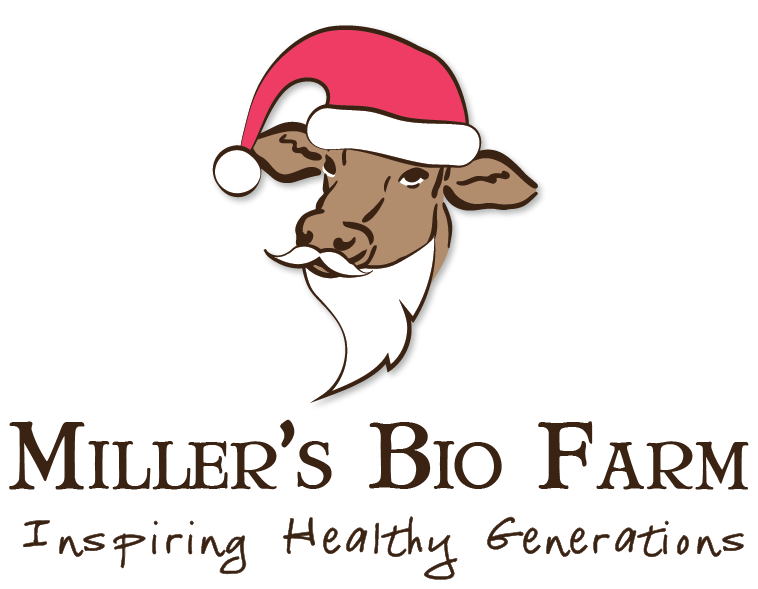What is Einkorn? Is Einkorn gluten-free? Is Einkorn safe for me?
posted on
February 10, 2023

What is Einkorn?
About 12,000 years ago inhabitants of Mesopotamia began to provide themselves with a more reliable food source, a divergence from their hunting and gathering ways. They invented farming!
And the very first wheat they grew? You could probably guess, Einkorn (Triticum monococcum). Not only did they supplement their well earned meat and wild flora diet with this unique complete food, they cultivated the first drought-tolerant, pest resistant and sustainable food source, organic einkorn wheat. This was the beginning of a new era for humankind.
Being the first farmed wheat, einkorn is the only non-hybridized species of wheat and is the only diploid variety. Unfortunately, by the Modern Age it had all but disappeared from the human diet, being replaced with hybridized modern grains. These modern wheats were created to be resistant to common farming challenges and increase yields for a growing population, fighting famine, and unfortunately for us, abandoning the ancient grains our ancestors relied upon.
Today’s hybridized wheat varieties have little to nothing in common with ancient grains, like einkorn. Einkorn wheat has a complete nutritional profile, providing an amazing source of fiber, richer in minerals, vitamins, antioxidants and protein than any modern wheat flour. Einkorn’s low antigen levels and single ‘AA’ pair of chromosomes makes it far more digestible and it is a great option for those with a gluten sensitivity.
Hybridized modern wheat molecules are more complex, the starches becoming more harmful, providing less overall nutrition, less digestible, thus rendering modern wheat far more harmful than healthy. Combined with modern farming methods requiring vast inputs of fertilizers and pesticides, the negative impacts on soil health, milling and food processing, plus a focus on a higher crop yield, modern wheat is a far stretch genetically and nutritionally from what our ancestors ate thousands of years ago. This doesn't paint a pretty picture for the future of our food, the planet and for us, but there is hope.
Einkorn has played an important role in the roots of farming, though it has been sidelined for centuries, the declining health of humanity and that of the planet makes giving einkorn a second chance well worth it.
Is Einkorn gluten-free?
First things first, not all glutens are the same. Yes, glutens, plural.
Gluten is a family of proteins found in many grains. There are as many glutens as there are varieties of wheat. While glutens give wheat products their structure, elasticity and allow them to rise, they also trigger an inflammatory response in the body.
Modern wheat’s (Triticcum aestivum) genetic makeup is complicated and consists of six sets of chromosomes, a hexaploid. On the other hand, einkorn wheat is simple, and has only two sets of chromosomes, a diploid.
The complexity of modern wheat bears a heavy load of glutens, like gliadins and glutenins, and more compounds that our bodies have not evolved to digest easily. Humankind’s first wheat, einkorn, contains much lower levels of these glutens making it far less inflammatory, in fact, making it more beneficial than its modern genetically complex relative.
So, if einkorn wheat does have gluten, what is so different about it?
Well, einkorn’s unique Gluten AA, found in simple diploid einkorn wheat, also has the lowest antigen (ATI) levels out of all varieties of wheat, including modern wheat and spelt.
How do ATIs relate to gluten? ATI (amylase trypsin inhibitors) are non-gluten wheat proteins that cause systemic inflammation in the body, not just in the bowels. While gluten has had the reputation for causing inflammatory bowel diseases, ATIs are another integral piece of the equation causing greater inflammatory harm.This means that the high levels of gluten in modern wheat also come with a heavy load of ATIs, all wreaking havoc on the body.
To put it simply… Gliadins + Glutenins + ATIs = Trouble
So, why eat einkorn if it still contains gluten?
Einkorn wheat has low levels of ATIs and simple diploid glutens, unlike other wheats, making it well tolerated even by those with gluten sensitivities. Einkorn contains up to 25% more highly digestible protein than modern wheat, along with beneficial levels of soluble fiber, antioxidants, vitamins, minerals and slow complex carbs that promote a decreased insulin response, resulting in lower blood glucose levels. The benefits of einkorn speak for themselves. Einkorn’s Gluten AA is not the enemy. ATIs and modern wheat glutens are!
Is Einkorn safe for me?
More than 3 million Americans are affected by inflammatory bowel diseases. About 20 million people are gluten-sensitive. And, an estimated 1 in 133 Americans have Celiac disease, meaning they are highly allergic to gluten.
If you have Celiac disease or are allergic to gluten, unfortunately einkorn is NOT the answer.
But, if you are sensitive to gluten or wheat, einkorn may work for your body.
Yes, einkorn does have gluten, but it breaks down easily and does not have remotely the same ratios of glutenin and gliadin that common wheat has. Gluten AA, found in the genetically pure strain of einkorn, is highly digestible, unlike the family of glutens found in common wheat. Not all glutens are created equal! Glutens are a family of proteins with many subgroups determined by which grain they derive from.
—--
Sources:
- Revival Einkorn vs. Other Wheat Adapted from Nutritional Qualities of Grain. USDA National Nutrient Database for Standard Reference, A. Brandolini et al, 2008, FJ Zhao et al, 2009
- Antigen Levels Chart S. Geisslitz et al, 2018
*Content graciously provided by Revival Einkorn: https://revivaleinkorn.com/blogs/news




